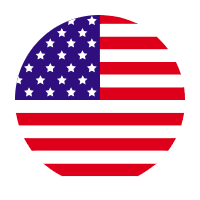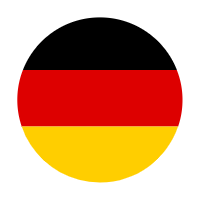As more schools introduce digital tools into the classroom, 3D scanning has become an increasingly valuable resource. It brings physical objects into the digital world and helps students connect hands-on creativity with modern technology. At EINSTAR, we understand how practical tools can support meaningful learning. That is why we offer scanning solutions that help educators explore 3D printing and digital modeling with clarity and ease.
Why 3D Scanning Matters in the Classroom
In teaching environments, students benefit from using tools that bring abstract concepts into focus. A 3D scanner for 3D printing can turn real-world shapes into digital models, helping students learn how physical design translates into virtual environments. From design classes to science labs, scanning objects and printing them provides a new way to study shape, size, structure, and space.
With the EINSTAR scanner, students can engage in creative and technical tasks, scan items found around campus, or replicate class projects for review. This process supports a deeper understanding of technology while encouraging exploration.
What Makes EINSTAR a Practical Choice
When looking for the best 3D scanner for 3D printing in an educational setting, we think ease of use and reliability matter most. The EINSTAR scanner is designed with a clear and user-friendly interface, allowing students and teachers to start scanning without a steep learning curve. Its portable size and practical features make it convenient for classroom use.
While some scanners may focus on industrial needs or highly technical performance, our focus stays on accessibility and everyday application. The EINSTAR scanner supports mid-sized object scanning and works well for general teaching tasks, such as model preparation, basic object replication, or art-based projects.
Supporting Creativity Across Subjects
3D scanning is not limited to just one area of learning. Art classes can use it to capture clay models and recreate sculptures. History lessons can benefit from digitizing artifacts for study or virtual display. Even biology or geography projects can include 3D models that support visual and spatial learning. With the EINSTAR scanner, each department can explore how scanning technology adds depth to the way students interact with the material.
This cross-subject flexibility makes the scanner a useful resource for schools seeking to integrate more interactive technology into daily lessons. It helps make 3D printing not just a technical skill, but a bridge between traditional learning and digital methods.
Conclusion
At EINSTAR, we see how scanning supports student growth in both creative and technical areas. Our scanner provides an easy entry point for schools introducing 3D technology into the classroom. It works well for group projects, hands-on workshops, and early exploration of design principles.
Choosing the best 3D scanner for 3D printing in an educational setting means finding one that fits into the rhythm of school life. The EINSTAR scanner is designed to do just that. By making scanning more accessible, we help schools build a stronger foundation for digital learning and exploration.









Share:
Why Choose EINSTAR 3D Scanners?
Why Choose EINSTAR 3D Scanners?